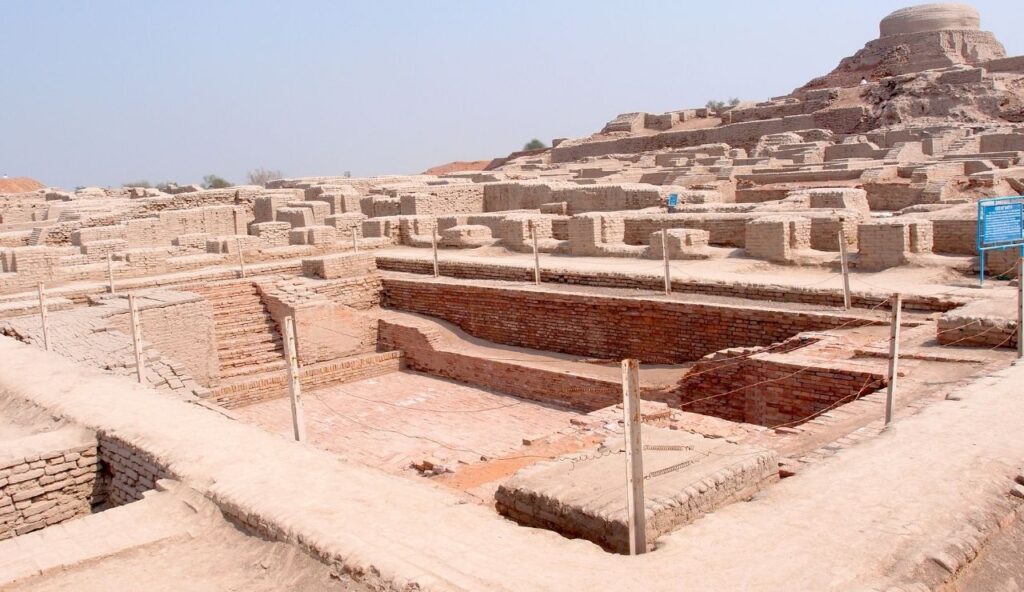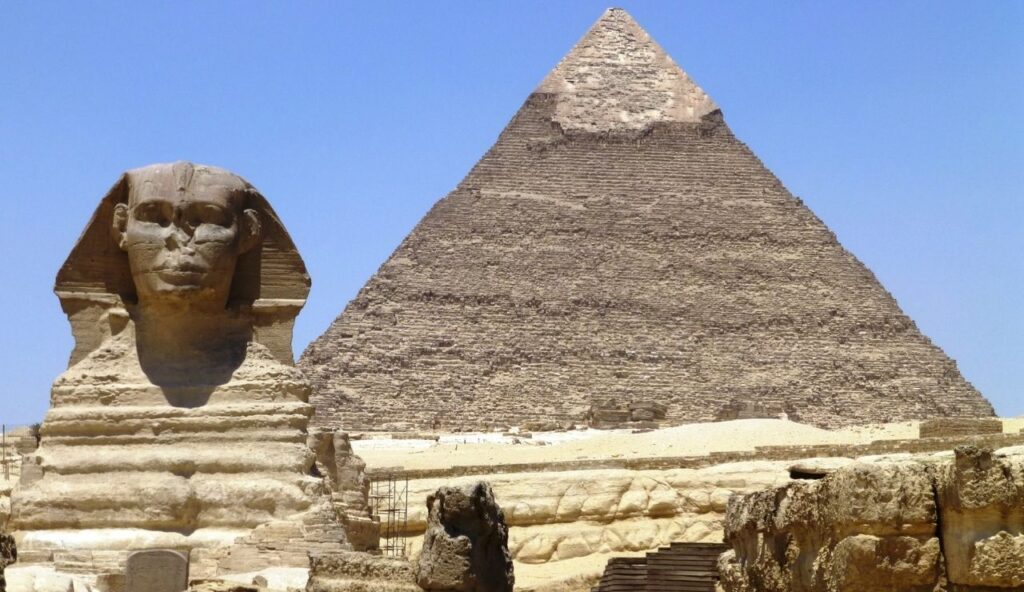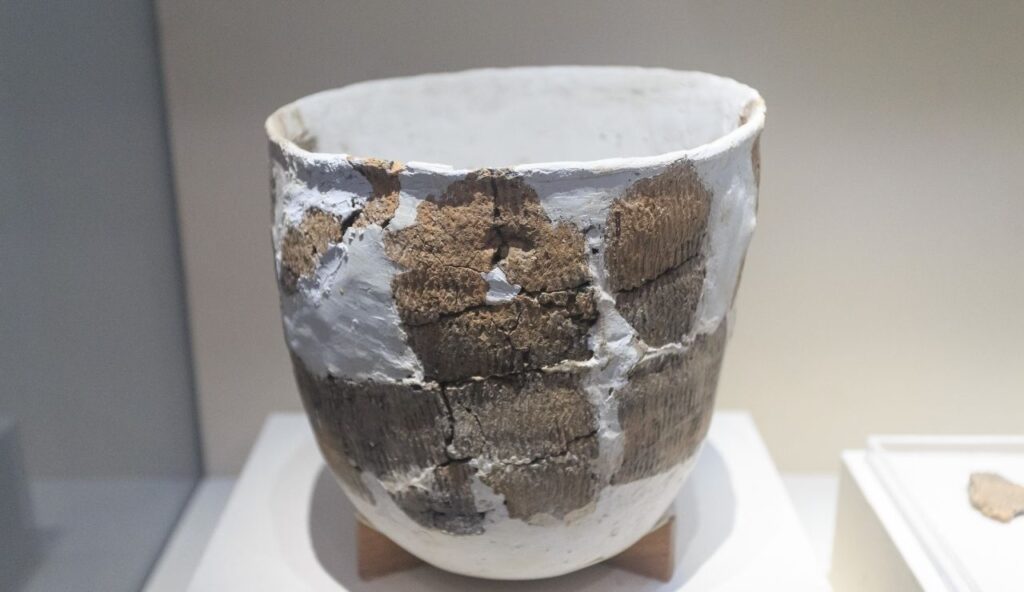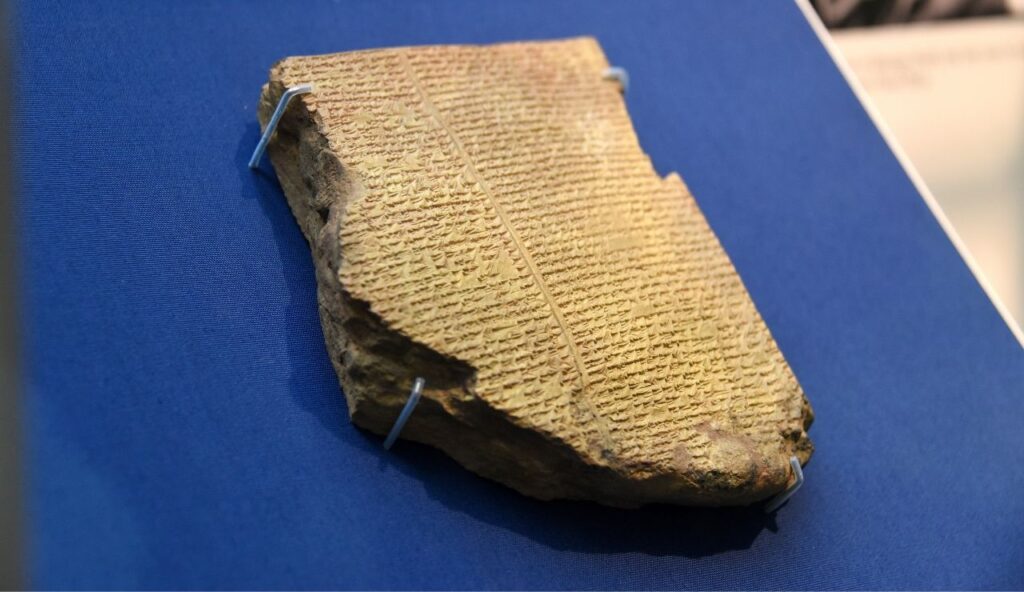Ancient civilizations were not as primitive as we might imagine. Many had impressive technologies, built massive cities, and practiced advanced medicine without any modern equipment. Some created inventions that scientists today still cannot fully explain. From complex urban planning to precise astronomical calculations, these civilizations challenge our assumptions about human history. Here are six ancient societies whose surprising sophistication continues to amaze researchers today.
1. The Indus Valley Civilization (3300–1300 BCE)

Located in present-day India and Pakistan, the Indus Valley Civilization exhibited extraordinary urban planning. Their cities featured structured grids, elaborate drainage systems, and public baths, demonstrating a deep understanding of sanitation. They also standardized weights and measures, indicating extensive trade and economic organization. The civilization’s mysterious script remains undeciphered, highlighting how much about them is still unknown.
2. Ancient Egypt (3100–332 BCE)

Ancient Egyptians excelled beyond building pyramids. Their precise geometry and astronomy skills allowed them to align structures with remarkable accuracy to celestial events. Medical papyri reveal sophisticated surgical and dental procedures, underscoring their advanced medical knowledge. Their detailed embalming techniques further indicate a profound understanding of human anatomy unmatched for centuries.
3. The Maya Civilization (2000 BCE–1500 CE)

In the dense jungles of Central America, the Maya developed highly accurate calendars and astronomical systems. They precisely predicted eclipses and planetary movements using mathematical calculations that included the concept of zero. Their magnificent pyramids, temples, and ball courts highlight their engineering skill, artistry, and deep religious beliefs integrated seamlessly into daily life.
4. Ancient Greece (800–146 BCE)

Ancient Greece laid foundations for modern philosophy, democracy, and science. Greeks made groundbreaking discoveries in mathematics, astronomy, and physics. Archimedes designed innovative machinery such as pulleys and water pumps that demonstrated remarkable mechanical insight. Greek architectural innovations, such as columns and amphitheaters, continue to influence global architectural designs today.
5. Ancient China (2070 BCE–220 CE)

Ancient China introduced inventions like paper, printing, gunpowder, and the magnetic compass, revolutionizing human civilization. Chinese engineers constructed elaborate water-powered clocks, earthquake detection devices, and complex canal systems to improve transportation and irrigation. Their technological contributions shaped global development and displayed a profound mastery of physics and engineering.
6. Mesopotamia (3100–539 BCE)

Often referred to as the “cradle of civilization,” Mesopotamia created many essentials of modern life. They invented the wheel and developed cuneiform, one of the earliest known writing systems. Mesopotamians established complex legal codes such as Hammurabi’s Code and created foundational timekeeping methods, dividing hours into 60 minutes and circles into 360 degrees—concepts we continue to use daily.


